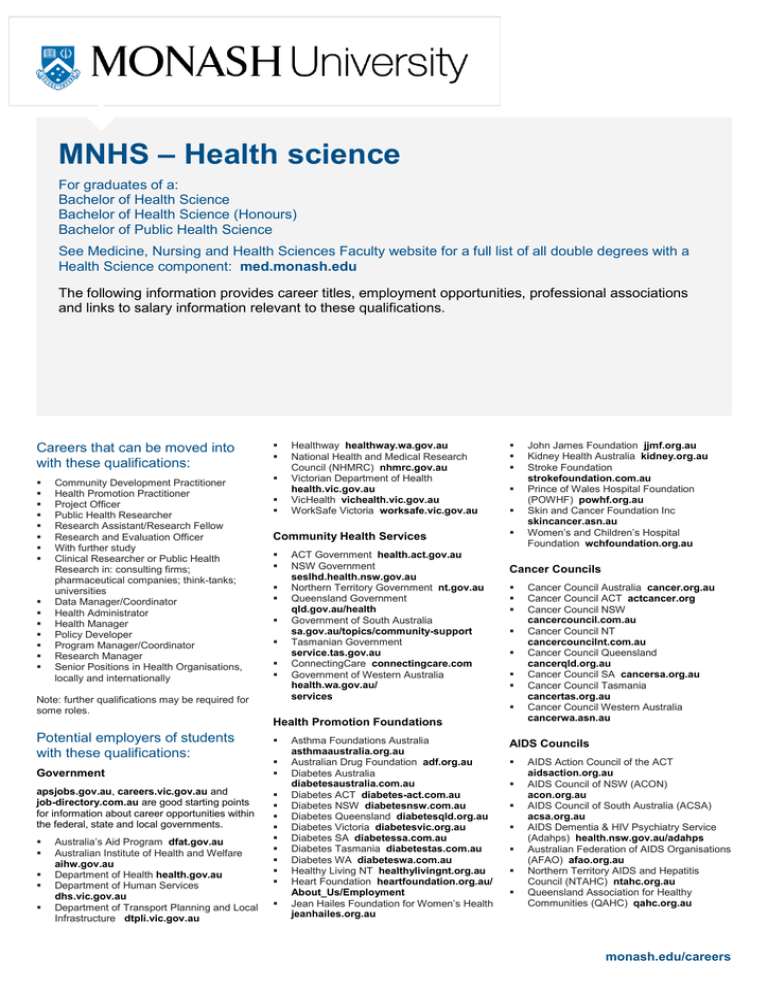
There are many opportunities for you to make a career out of medicine. These medical careers offer high-paying jobs, but also low-stress work environments. With the right combination of training, experience, and motivation, you can achieve your goals. You can search for medical schools close to you by entering your zip code above. Then, you can choose a school for your preferred medical field.
Phlebotomy
Interest in healthcare careers has risen over recent years. As medicine expands, there has been a rise in the number of specializations that are required. This has led to new career paths. Phlebotomy, one such lucrative career, offers job security and variety as well as a wide range of opportunities. Here are some of these key benefits:
Pharmacy technician
Pharmacy technicians can make a lot of money working in a pharmacy that is open 24 hours a day. Although most pharmacies are open twentyfour hours per day, there are some that are open twentyfour hours per day. Some pharmacy technicians work weekends or even holiday shifts. Pharmacy technician jobs can be flexible and pay well, regardless of what your schedule is. This job offers flexibility and great pay, although some technicians may work odd hours.

Assistant for a physical therapist
There are several perks associated with becoming a physical therapist assistant. You not only have the opportunity to work for yourself, but discounts are available at local businesses and movies. This is a good choice if you want a medical career that pays well. A physical therapist assistant has many benefits, including the freedom to work from home and your own schedule.
Occupational therapy assistant
If you're looking for a rewarding medical career, an Occupational Therapy Assistant career is one to consider. There are many positions available for graduates, and the demand is high. You should consider what the job entails before you start your career as an Occupational Therapist Assistant. You must complete an accredited program to become a successful Occupational Technology Assistant.
Occupational therapy
If you're interested in a rewarding career in the medical field, occupational therapy is a great choice. Occupational therapy has the highest pay rate of any medical career. While there are many hospitals, homes and SNFs that offer excellent pay, you will still need to work long hours and be more flexible. Also, you'll need to learn new systems of documentation and take on full cases. This makes it hard to find stable employment. People who are seeking a challenging career in an expanding field of medicine will find occupational therapy to be one of the highest-paying medical jobs.

FAQ
What is the difference of fat and sugar?
Fat is an energy source that comes directly from food. Sugar is a sweet substance that can be found naturally in fruits or vegetables. Both fats, as well sugars, provide the same number calories. Fats have twice the calories of sugars, however.
Fats are stored in your body and can cause obesity. They cause cholesterol buildup which can lead to strokes and heart attacks.
Sugars are quickly absorbed by the body and provide instant energy. This causes blood glucose levels in the body to rise. High blood glucose levels can lead to type II diabetes.
Why is it important to live a healthy life?
Healthy lifestyles lead to happier and longer lives. Good nutrition, exercise regularly, good sleep habits, stress management and healthy lifestyle can help you avoid heart disease and stroke.
Healthy lifestyles will help us to cope with daily stresses better and improve our mental health. Healthy living will boost self-confidence and make you look and feel younger.
What are the 10 best foods to eat?
These are 10 of the best foods to eat.
-
Avocados
-
Berries
-
Broccoli
-
Cauliflower
-
Eggs
-
Fish
-
Grains
-
Nuts
-
Oats
-
Salmon
Are there 5 ways to have a healthy lifestyle?
A healthy lifestyle means eating right, being active, getting enough sleep, managing your stress levels, and having fun. You should avoid processed foods, sugar, or unhealthy fats. Exercise helps burn calories and strengthens muscles. Getting enough sleep improves memory and concentration. Stress management can reduce anxiety and depression. Fun keeps us happy and healthy.
What are the top 10 healthy habits?
-
Get breakfast every morning.
-
Don't skip meals.
-
Keep a balanced diet.
-
Get lots of water.
-
Take good care of your body.
-
Get enough sleep.
-
Stay away from junk foods.
-
Get at least one form of exercise each day.
-
Have fun
-
Make new friends
Increase immunity with herbs or supplements
Natural remedies and herbs can be used to increase immune function. Examples include ginger, garlic and oregano oils, echinacea, vitamin C, ginkgo loba, and echinacea.
These herbal remedies are not meant to replace medical treatment. Side effects include nausea, diarrhea and stomach cramps, headaches and dizziness.
Statistics
- According to the Physical Activity Guidelines for Americans, we should strive for at least 150 minutes of moderate intensity activity each week (54Trusted Source Smoking, harmful use of drugs, and alcohol abuse can all seriously negatively affect your health. (healthline.com)
- WHO recommends reducing saturated fats to less than 10% of total energy intake; reducing trans-fats to less than 1% of total energy intake; and replacing both saturated fats and trans-fats to unsaturated fats. (who.int)
- The Dietary Guidelines for Americans recommend keeping added sugar intake below 10% of your daily calorie intake, while the World Health Organization recommends slashing added sugars to 5% or less of your daily calories for optimal health (59Trusted (healthline.com)
- nutrients.[17]X Research sourceWhole grains to try include: 100% whole wheat pasta and bread, brown rice, whole grain oats, farro, millet, quinoa, and barley. (wikihow.com)
External Links
How To
What does the meaning of "vitamin?"
Vitamins are organic compounds that can be found in foods. Vitamins are essential for our bodies to absorb nutrients from the foods we eat. The body cannot make vitamins; therefore, they must be obtained from food.
Two types of vitamins exist: water-soluble vitamin and fat-soluble vitamin. Water-soluble vitamins dissolve easily when they are dissolved in water. You can find vitamin C,B1 or thiamine, B2 or riboflavin and B3 or niacin, B3/niacin, B6/pyridoxine, folic Acid, biotin and pantothenic Acid as examples. Fat soluble vitamins are stored in the liver and fatty tissue. Examples include vitamin D, E, K, A, and beta carotene.
Vitamins are classified based on their biological activity. There are eight major groups of vitamins:
-
A - Essential for healthy growth and health maintenance.
-
C is important for nerve function and energy production.
-
D – Essential for healthy teeth, bones and joints
-
E - needed for good vision and reproduction.
-
K - required for healthy muscles and nerves.
-
P – vital for building strong bones.
-
Q - Aids digestion and iron absorption
-
R – Required for the formation of red blood vessels.
The recommended daily allowance of vitamins (RDA), varies according to age, gender, physical condition, and other factors. The U.S. Food and Drug Administration (FDA) sets the RDA values.
For adults 19 years and over, the RDA of vitamin A is 400mg per day. Pregnant mothers need 600 micrograms per days because it is vital for the development and growth of their baby. Children ages 1-8 require 900 micrograms per day. Children under 1 year old require 700 micrograms daily, while infants over one year old need 500 micrograms every day. This decreases between 9 and 12 months.
Children ages 1-18years who are obese need 800 micrograms per day while those who are overweight need 1000 micrograms per day and children who are underweight need 1200 micrograms per day to meet their nutritional needs.
Children aged 4-8 years old who have been diagnosed as having anemia require 2200 micrograms of vitamin C per day.
2000 micrograms is the minimum daily intake for adults over 50 years old to maintain good health. Breastfeeding or pregnant women require 3000 micrograms per daily due to higher nutrient demands.
1500 micrograms is the recommended daily intake for adults aged 70+, who lose approximately 10% of muscle each year.
Women who are pregnant or lactating need more than the RDA. Pregnant and breastfeeding women require 4000 micrograms each day during pregnancy and 2500 Micrograms each day after delivery. Breastfeeding mothers need 5000 mg per day when breastmilk is being produced.